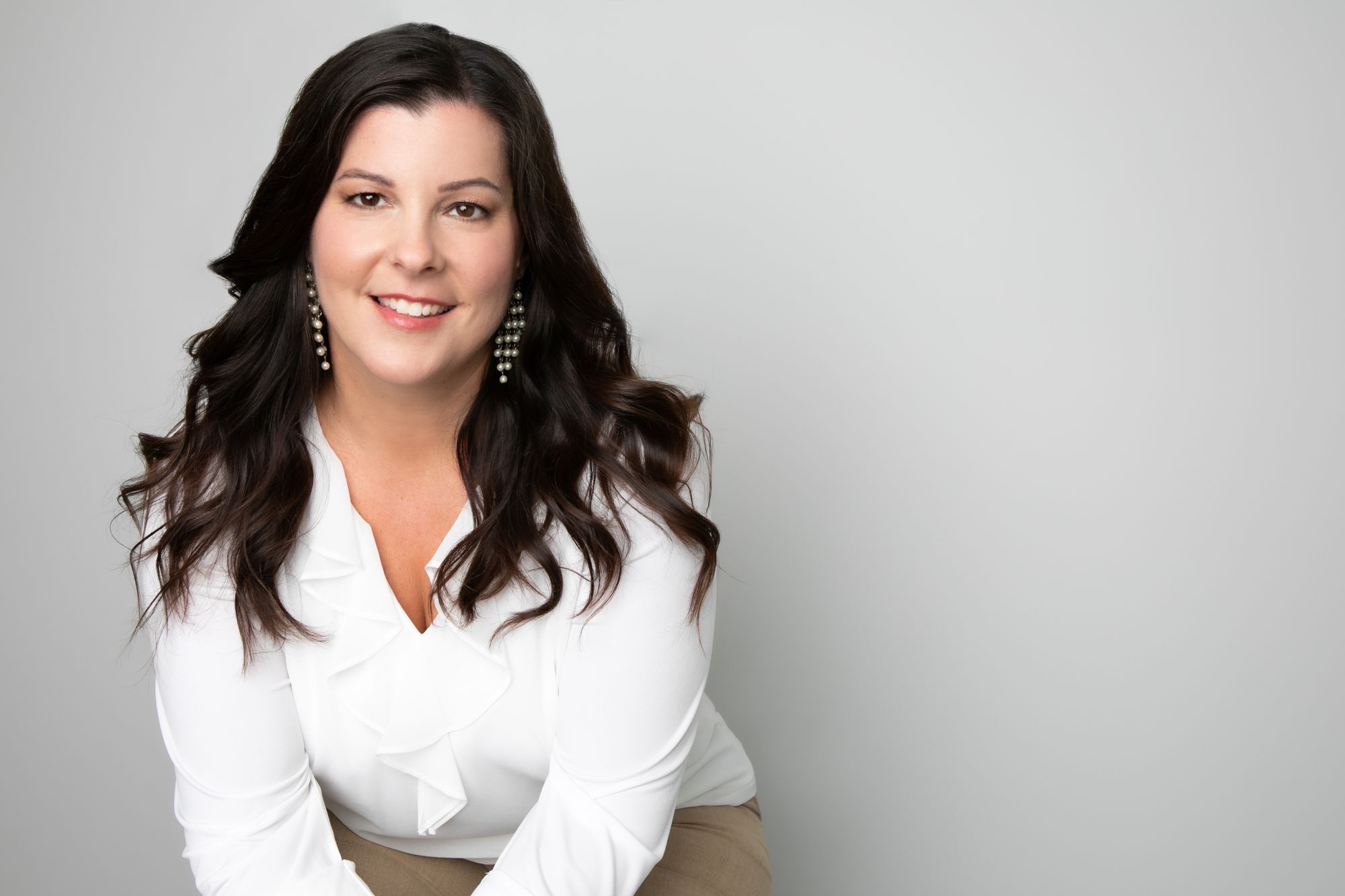Winter Blues or Seasonal Affective Disorder?

Do you notice in yourself a downturn in mood when the time changes? Do you start feeling down as the weather turns cold and the days shorten? If so, you may be experiencing some winter blues. More significantly, you may be experiencing Seasonal Affective Disorder (SAD). The Cleveland Clinic reports that about 10-20% of people in the U.S. experience the winter blues over the colder winter months, while about 5% of people experience the symptoms for diagnosis of SAD. 75% of those diagnosed with SAD are women. SAD is usually diagnosed in early adulthood. Occurrences of SAD increase with distance from the equator. Most people experience the most severe symptoms during the months of January and February. A very small percentage of people experience SAD during the summer months.
SAD is a clinical depression diagnosis from the Diagnostic Manual of Mental Disorders (DSM-V). The official diagnosis is Major Depressive Disorder with Seasonal Pattern qualifier. SAD is more common in people with other mood disorders including Anxiety disorder, Panic disorder, Attention deficit disorder, or Bipolar disorder. However, for many with SAD, they have little to no symptoms at other times of the year. SAD is diagnosed by a physician during a physical examination with questions related to symptoms. Often lab work is ordered to make sure thyroid is functioning appropriately or to assess for vitamin deficiencies. SAD can often be more severe than non-seasonal depression as the symptoms can come on rapidly and significantly impact day to day functioning.
To be diagnosed with SAD, a person must have symptoms of major depression as well as specific symptoms related to the winter pattern. According to The National Institute of Mental Health (NIH).
Symptoms of major depression include:
- Feeling depressed most of the day, nearly every day
- Loss of interest in enjoyable activities
- Changes in weight or appetite
- Problems with sleep
- Low energy
- Feelings of hopelessness or worthlessness
- Difficulty concentrating
- Frequent thoughts of death or suicide
Additional symptoms for winter-specific SAD include:
- Oversleeping (hypersomnia)
- Overeating, particularly with a craving for carbohydrates
- Weight gain
- Social withdrawal (feeling like “hibernating”)
- Extreme fatigue or lack of energy
- Anxiety and sadness
Although we cannot know exactly the causes of seasonal depression, research suggests that sunlight may trigger the condition in people prone to getting it. The research suggests that the lack of sunlight triggers internal clock shift that regulates mood and sleep. SAD may be a result of brain chemical imbalance like low serotonin activity or a vitamin D deficiency. It also can be attributed to a melatonin boost from lack of sunlight. Melatonin is the chemical that affects sleep patterns, and too much may make people feel sluggish or sleepy during winter months. In addition to chemical causes, people with SAD may often have negative thoughts patterns, stress, and anxiety about the winter that could contribute to seasonal depression.
If you are experiencing a combination of the symptoms above and feel that it is impacting your mental health or functioning, contact your doctor. SAD may be diagnosed after someone has experienced similar seasonal symptoms for 2 years or more. Medical treatment under the care of a physician may include evaluation for medications like SSRIs or supplements including fish oils, vitamin D, 5-HTP or magnesium. You cannot diagnosis SAD on your own, but there are some other things that you can do to boost your mood heading into the winter months.
Light therapy is highly recommended and very effective treatment for the winter blues and seasonal depression. Much of our mood and our sleep is cued by the outdoor light/dark cycle. Even when it is cold, it is important to bundle up and get outside for some fresh air and sunlight if at all possible. On the days or in the climates where it may not be possible, a sunlight lamp may be helpful for getting those full spectrum rays. Look for a sunlight lamp that filters out the ultraviolet (UV) light and has an intensity of 10,000 lux. It is recommended to place the sun lamp 16-24 inches away from your face and 30 degrees overhead. Your eyes need to be open, as the light will be absorbed through your eyes. But you do not look directly at the light. Use the light while you are reading or working on your computer at the same time each day, ideally first thing in the morning. Most people who consistently use a sun lamp daily will see improvement in 1-2 weeks.
Movement is another important treatment for major depressive disorder, as well as SAD. Movement is considered medicine, especially for mood because it promotes production of both serotonin (responsible for calm and well-being), as well as dopamine (novelty feelings of excitement). Exercise doesn’t have to be extreme to be effective. Try out some different options either at home or a local gym. Find something that you enjoy and grab a friend to help hold you accountable. There are so many options now for at-home workouts, it is easy to try new things and find something that you like. Ideally, take your workout outside if possible. Force yourself to move even when you don’t feel like it. Start small and build time and intensity.
Cultivate a morning practice, it will help you wake up and set your mind in a positive direction for the day. You may want to include light therapy, spiritual practice, gratitude practice/journaling, and mindfulness exercises. Mindfulness exercises can be found in many apps like Smiling Mind, Calm, and Simple Habit. Mindfulness is a basic practice of focusing the attention of the mind on the breath and it has many health benefits.
Intentionality with eating is another way to help manage mood. Limit alcohol (a depressant) and other foods that are known to contribute to inflammation like sodas, artificial additives and sweeteners, fried foods, simple carbohydrates, caffeine and sugar. Add in plenty of water and mood-boosting foods like lean proteins, healthy fats and veggies. If you find it difficult to avoid the comfort foods, trying to fill up on nutrient dense, mood-boosting foods first before allowing yourself to indulge on the less healthy options.
Consider finding a local therapist or mental health counselor to talk about what you are experiencing and help assess your depressive symptoms. A therapist may work with you using Cognitive Behavioral Therapy to treat your symptoms by treating negative thought patterns. Seeking a bit of support may help alleviate symptoms and help you create a plan to address your difficulties. Before starting any new exercise program, diet or supplement regimen, consult your physician and let them know what you are experiencing.

